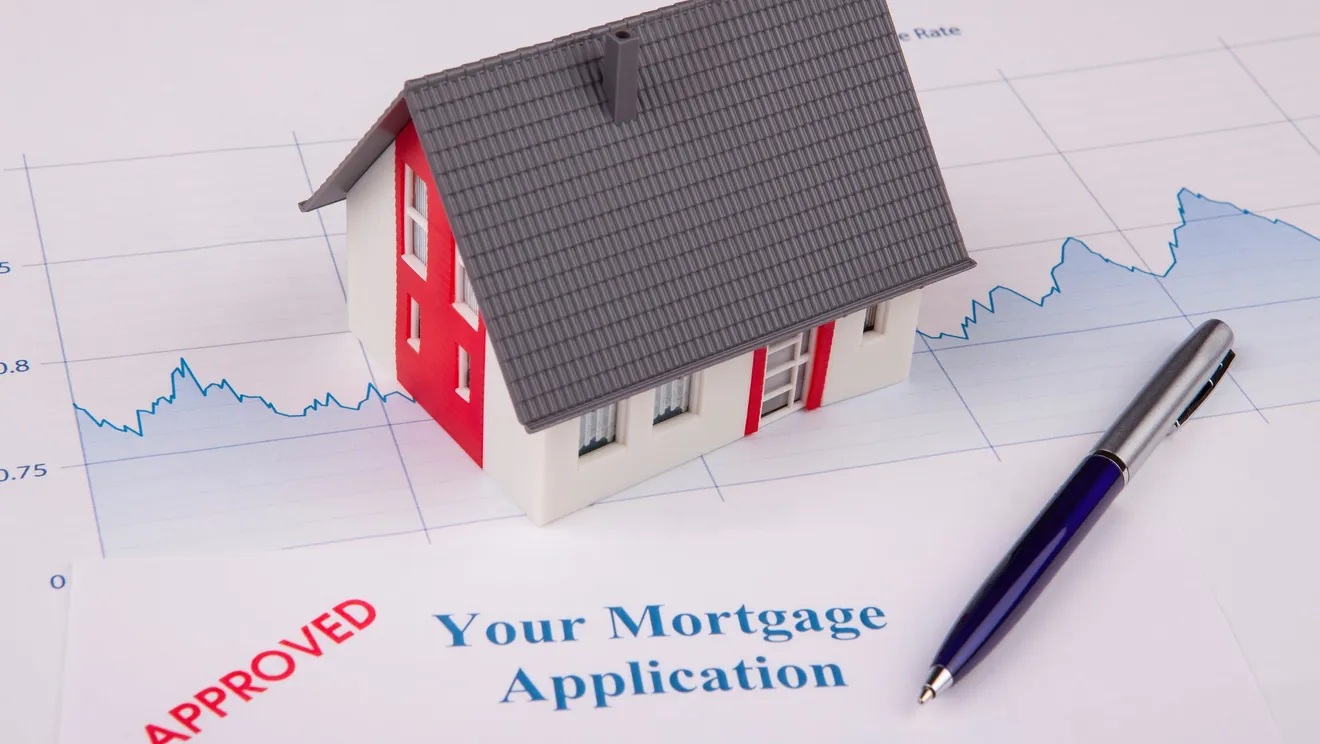US mortgage rates surged again this week, rising to their highest level since 2001.
The 30-year fixed-rate mortgage averaged 7.23% in the week ending August 24, up from 7.09% the week before, according to data from Freddie Mac released Thursday. A year ago, the 30-year fixed-rate was 5.55%.
Indications of ongoing economic strength will likely keep mortgage rates where they are or send them higher in the short term, said Sam Khater, Freddie Mac’s chief economist.
Rates have been above 6.5% since the end of May and have been climbing higher since mid-July. Prior to last week’s rate, the last time rates were over 7% was in November of last year, when they hit 7.08%.
This week’s average rate is the highest the 30-year, fixed-rate mortgage has been since the week ending June 1st, 2001, when it was 7.24%.
Mortgage rates have spiked during the Federal Reserve’s historic inflation-curbing campaign, sending home affordability to its lowest level in several decades. Buying a home is more expensive because of the added cost of financing the mortgage and rising home prices.
The inventory of existing homes has dramatically declined as homeowners who previously locked in lower rates are reluctant to sell. The combination of low inventory and high costs has squeezed would-be homebuyers and sent overall home sales way down.
Strong economy is keeping inflation higher longer
The 10-year Treasury yield has been hovering above 4.0% since the start of the month, which has helped drive mortgage rates over 7%.
Higher mortgage rates are expected to stick around as the bond market grapples with signs of a growing economy and what implications it could have on future monetary policy moves by the Federal Reserve, said George Ratiu, chief economist at Keeping Current Matters, a real estate market insights and content company.
“Financial markets are concerned that the central bank will continue raising the funds rate, pushing borrowing costs higher,” he said. “For many investors there is worry that the Fed may overtighten on the monetary front and lead to economic damage.”
While the Fed does not set the interest rates that borrowers pay on mortgages directly, its actions influence them. Mortgage rates tend to track the yield on 10-year US Treasuries, which move based on a combination of anticipation about the Fed’s actions, what the Fed actually does and investors’ reactions. When Treasury yields go up, so do mortgage rates; when they go down, mortgage rates tend to follow.
“While the central bank was behind the curve in 2021 as inflation was picking up steam, dismissing it as ‘transitory,’ it took a much more aggressive stance in 2022 with sharp increases in the policy rate,” said Ratiu. “At the same time, the Fed has been aiming for a ‘soft landing’ in its monetary actions, meaning subduing inflation without hurting economic activity.”
Few took that as a likely outcome in 2022, but a year and a half into the tightening cycle, inflation is moderating and the economy continues to grow, Ratiu said.
This is resulting in higher borrowing costs for consumers, and that isn’t expected to change in the near term.
“For buyers and sellers, today’s mortgage rates are presenting a significant affordability challenge,” said Raitu. “For most people buying a home means borrowing money. At today’s rate, the monthly cost to purchase a home totals about $2,400, not including property taxes and insurance, a 17% increase from a year ago.”
Home affordability worsens
Hopeful house hunters have proved sensitive to rate hikes, with recent sales of homes dropping most when mortgage rates climb over 7%.
Applications for a mortgage dipped to the lowest levels in 28 years last week, according to the Mortgage Bankers Association.
On top of the higher rates, homebuyers pulled back last week because of an erosion of their purchasing power, said Joel Kan, MBA’s vice president and deputy chief economist. “Low housing supply is also keeping home prices high in many markets, adding to the affordability hurdles buyers are facing.”
While existing home sales dipped in July, new home sales and new home construction both picked up in the same period. But financing terms for the sales were likely locked in during June or July, when mortgage rates were in the mid-6% range, said Danielle Hale, chief economist at Realtor.com.
“As rates have surged past 7% and homebuying costs have risen yet again, home purchase mortgage applications have eased, suggesting that at least some potential buyers have been shut out of the market,” Hale said.
Plus, she said, as rents notch a third month of declines, hopeful first-time home buyers may have more reasons to take their time or extend their lease, rather than rushing into a challenging and expensive market.
For now, all eyes are on the Fed to see if it hikes rates again in September or at the two other rate decision meetings scheduled this year.
“Recent inflation data have improved in line with broad economic expectations, but the labor market and other indicators have suggested that a fair amount of momentum remains,” Hale said. “This leaves the door open for a healthy debate about the right move at the next Federal Open Market Committee meeting after the Fed’s July meeting rate hike.”
Hale said she anticipates the Fed will hold rates steady at the next meeting in September.
“The more open question is whether additional hikes are in store as we near the end of the year,” she said.
Jerome Powell, the Federal Reserve chair, will be speaking at an economic gathering at Jackson Hole on Friday, and Hale said her expectation is for him to remain committed to looking at the economic data.
Hale said that will mean “more near-term uncertainty for interest rates ahead.”
cnn
US mortgage interest rates surged to 7.23%, a 22-year high




